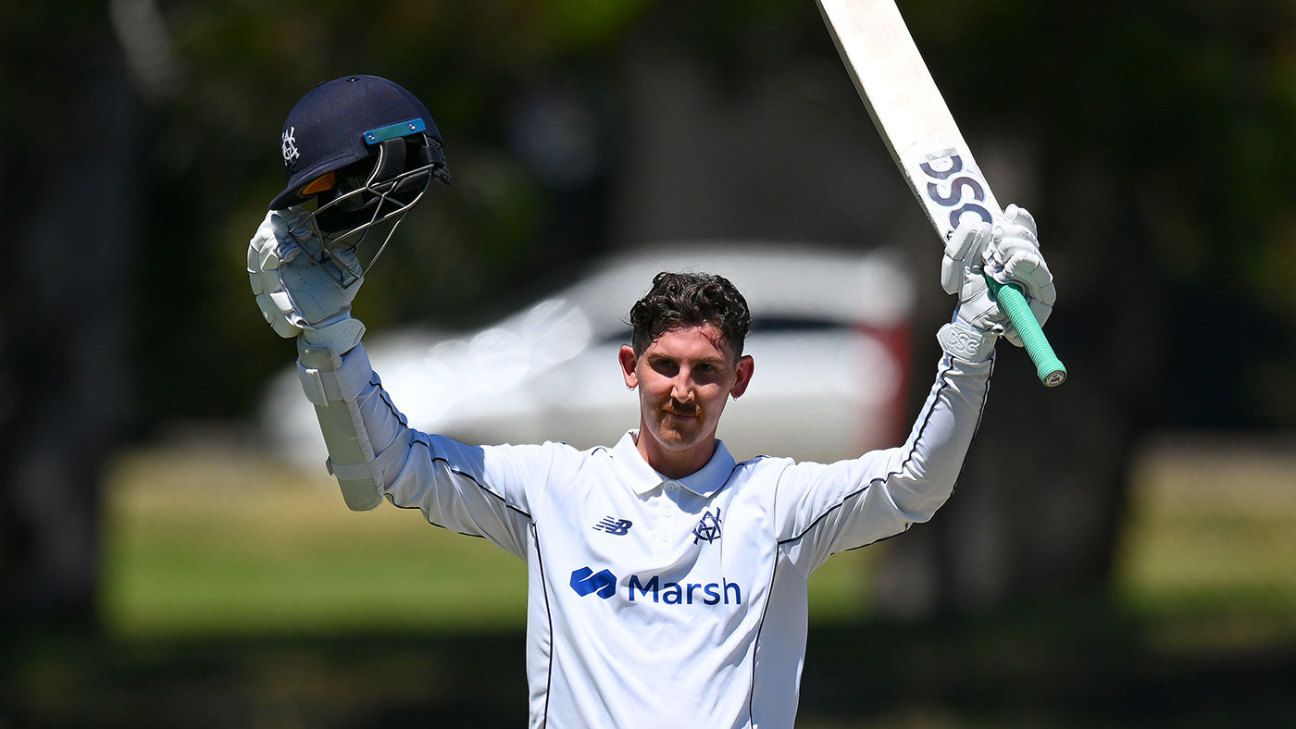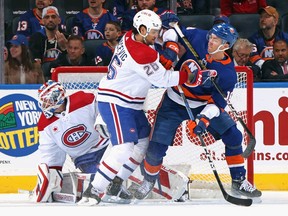This weekend Formula 1 will run the inaugural Las Vegas Grand Prix, but it won’t be the first grand prix held in Las Vegas.
That dubious honour belongs to the forgettable Caesars Palace Grand Prix, a race so uninspiring it lasted just two seasons and precipitated the decline of F1 in the United States.
It was a strange time for Formula 1, in the throes of a rapid but clumsy professionalisation from amateurish garage sport to a category boasting genuine household names and major earning power.
Watch the F1 Las Vegas Grand Prix SUN 19th NOV 5PM AEDT. Join Kayo now and start streaming instantly >
It was also a time of rapid expansion, particularly across the Atlantic.
The sport travelled to no fewer than six permanent and street circuits across the United States in the 1970s and 80s, following on from earlier forays in the 1950s and 60s, including when the Indianapolis 500 was included in the drivers championship.
F1 was enjoying an American infatuation, and Australian world champion Alan Jones was feeling the love.
Cox backing Lando ahead of Vegas ‘party’ | 00:44
“I personally always enjoyed racing in America — always did,” he tells Fox Sports. “Mainly I guess because it was sort of closer to Australia in terms of, you know, you could go and get a hamburger and the weather was a lot better than in England.
“And America has some fantastic circuits. I enjoyed racing at Long Beach, Watkins Glen — it’s underestimated just how many good circuits they’ve got.”
By the time Jones won his 1980 title, the USA had two mainstay races, one on each coast.
The traditional Watkins Glen was a ferociously quick old-school circuit in New York, while relative newcomer Long Beach was a street circuit on the shores of the Pacific Ocean in southern Los Angeles.
Both were respected by F1 drivers, and both to this day command hardcore followings among the American and worldwide racing communities.
But notably absent from Jones’s list is Caesars Palace, F1’s first crack at making it big in Las Vegas.
MORE LAS VEGAS BUILD-UP
TRACK GUIDE: Incredible scale of Vegas’ $1bn F1 makeover and what a lap of the Strip will be like
COLD CHAOS: F1’s wild Vegas start time explained — and why staggering admission could trigger trouble
SPIN THE WHEEL: Tortured past behind $684m Vegas gamble — and why F1 is set to change forever
The concept of holding a race in Las Vegas had been being kicked around for some time in the late 1970s. The casinos had found great success in attracting high-roller gamblers by hosting blockbuster boxing matches and thought F1 could do the same.
There had been plans to tack the race to the end of the 1980 calendar, but organisers couldn’t settle on a route in time — or, rather, couldn’t get permission to use any public roads that might have made the race a visually exciting spectacle.
But when the Watkins Glen was called off in May 1981 due to ballooning debts, the can had been kicked to the end of the road. It was now or never.
With local authorities still refusing to close roads for the race, organisers had only the casino car park and an adjoining vacant lot build the circuit. It measured around 220,000 square metres, or 22 hectares.
To put that into perspective, the Miami circuit, built on the car park around the Hard Rock Stadium, is roughly 100 hectares, or around five times as big.
The Las Vegas Strip Circuit debuting this weekend is laid out around 150 hectares. Albert Park is 225 hectares.
To solve the space problem, Bill Weinberger, a former Caesars Palace vice president, whacked his hand down on a placemat and traced around it. There was space for only three of his five fingers, but in an instant the 3.650-kilometre track was born.
A few short months later, Formula 1 descended on the Caesars Palace car park for its first grand prix and the 1981 championship decider.
It was a grim spectacle — a vast, flat expanse of featureless tarmac covered in dust and sand from the Mojave Desert and beige as far as the eye could see.
Immediate reactions were not complimentary. Jacques Lafitte, a title contender, was so scathing of the circuit to Italy’s Gazzetta dello Sport that Caesars Palace sued the paper.
Jones was only somewhat less damning, describing the twisty three-fingered track at the time as “like a goat track, dragged down from the mountains and flattened out”, but having won it at a canter from second on the grid, his memory of the race has understandably turned somewhat sweeter since.
“They did a fairly good job with the space that they had available, and as it turned out it didn’t make a bad little circuit, to be honest,” he says.
“The cars were good. Frank [Williams] turned up with four cars — a race car and a test car each for Carlos [Reutemann] and myself. He gave us every opportunity to go well, and the cars were suited to the circuit.
“It was all right — I mean, I had a very good time there!”
Less could be said of several of his rivals, however.
While this year’s Las Vegas Grand Prix will be about mastering plunging late-night temperatures, Caesars Palace was run in full sunshine in the middle of the day. The giant slab of tarmac, completely unshaded by any natural or unnatural structure, absorbed and radiated the heat back up into the cockpit, turning the race into 75 laps of excruciating endurance.
“And the circuit went in anticlockwise, a different way that what we were normally doing,” Jones adds. “A lot of the drivers were suffering very badly on their neck fatigue because of the g-forces.
“I did [struggle] actually. With about 10 laps to go I’d go through a left-hander and my head would fall over to the right, and I had to wait to get to a right-hander for it to come back up again.
“There were a lot of drivers suffering from neck problems because it was quite hot. It was fairly flat, there were no trees or shade or anything. It really was a bit of a test of stamina.”
Nelson Piquet had suffered particularly badly. He was so beaten up at the end of the first day of running by the seemingly non-stop left-hand turns that he sourced a masseur to massage him back to fitness.
Just his luck: boxer Sugar Ray Leonard had knocked out Thomas Hearns for the WBA and WBC welterweight titles at Caesars Palace just a few weeks earlier and his masseur was still on hand.
The bad news was the masseur had only one setting: championship boxer. Piquet left the massage room in worse shape than he’d entered.
The 273 sweltering kilometres absolutely fried him. He vomited in his helmet at the end of the race and had to be hauled out of the car by his mechanics after finishing fourth.
It was unfortunate for the Brazilian, for whom the place was enough to win him his maiden world championship.
At least he didn’t have to stand on the podium with sick down the front of his race suit. But then again, he could barely stand up at all.
This weekend will be as much about VIPs as it will race cars, and Caesars Palace had a similar idea, with Tom Jones and Paul Newman headlining the guest list.
But the race was a commercial flop. There’d been too little time to promote the event, and even then rival casinos had no interest in directing punters down to Caesars Palace — a stark contrast to the collective promotion of today’s race by the city’s casino clique.
No estimate placed the race-day attendance above 35,000 people, but the deeper cut was the dearth of big-spending gamblers rolling into town for the event. The entire scheme had been predicated on boosting casino earnings, but the plan fell flat.
“We thought there was an untapped market in Europe, Asia, and the Middle East with Formula 1 fans,” Weinberger, the man with the track-shaped hand, told KTNV. “We said, ‘Look at what’s going on in Monaco. All these fancy people are walking up and down the street spending money like it’s water’.
“We figured they’d probably like to come gamble at Caesars Palace. They didn’t.
“If a dozen great gamblers showed up, it would have been a huge success. That was the problem with the race from our point of view.”
The race lasted only one more year — it decided the 1982 title too, this one in favour of Keke Rosberg — before F1 and Vegas parted ways for almost four decades.
Formula 1 left the United States entirely shortly afterwards.
F1’s escalating hosting fees drove the popular Long Beach track into the arms of CART, now IndyCar. Watkins Glen never recovered from its financial problems. The sport spent the next decade cycling through street circuit before disappearing from the country. A revival at Indianapolis went nowhere.
Despite his good times in the Untied States, having won in the east, the west and at the unloved Caesars Palace, Jones found the death spiral unsurprising.
“They were totally pig ignorant about most things,” he says. “I mean, the Los Angeles Times is about six inches deep and they don’t even know the suburb next to where they live. At the end of the day they had no idea.
“Long Beach was always good because obviously it was just down the road from Los Angeles and it’s a very casual atmosphere. Apart from going surfing, people used to get the get their gear on and go down to the Long Beach Grand Prix. It was always a great atmosphere.
“But I mean, the common question used to be, ‘Would these cars win at Indy?’ and all that sort of nonsense.
“So unless they were bright orange and had great big numbers on the side, at that stage they didn’t have any idea.”
It’s a criticism indicative of F1’s approach to expansion before Liberty Media took control of the sport.
Formula 1 cared little about capturing the imagination of the general public. Its model was to extract maximum revenue from a local organising committee. When the race eventually collapsed under the financial burden or due to lack of interest, it moved on to the next highest bidder.
It was good for the short-term bank balance but left no legacy to sustain the finances over the long term. It stunted its own growth, particularly in the United States, where alternative options for sporting diversion are plentiful.
But F1 has changed enormously over just the last five years, and this weekend’s Las Vegas Grand Prix is the culmination of a new approach. Liberty Media is so convinced about the sport’s potential for growth that it’s underwriting all of the event costs itself. It’ll cop a mighty loss this year and likely for the first few years, but it believes it’ll reap big dividends later.
Central to the strategy is actively bringing people to the sport. Drive to Survive is the seminal work of the new investment strategy.
“It’s driven a few lessons home, hasn’t it?” Jones says. “At the end of the day, with Drive to Survive, there are a lot more younger guys and females interested in motorsport. People that would necessarily have had an interest in it have now got a real interest in it.
“I think it’s been responsible for making Formula 1 very, very popular.
“A lot of it has to do with the personalities and the behind-the-scenes carry-on rather than the actual racing.
“I mean, it just goes to show that — what do they say? — an ounce of bullshit’s worth a ton of logic!”
While a more popular Formula 1 is always going to be good for everyone involved in the sport, the new approach isn’t to everyone’s tastes.
The Las Vegas Grand Prix, for all the hype — or perhaps because of all the hype — is being widely viewed as an event first and as sport second. From the wildly expensive cost of entry to the eye-watering hotel prices to the wacky starting times, it doesn’t come across as a welcoming event for the motorsport enthusiast.
“My biggest fear at the moment is that the actual racing is going to take a bit of a back seat to all the bullshit,” Jones says. “But that seems to be the way it’s all going at the moment. Most of the drivers have their own make-up artists, so it’ll suit them down to the ground.
“I guess it’s just the changing of the guard. It’s not for me.”
So is Jones at all feeling nostalgic for his days at Caesars Palace and that first victory in Las Vegas as the sports hypes itself up for a grand return more than 40 years later?
“I thought about maybe going to this one because I won the first one,” he says. “And then I thought, ‘No, I can’t be bothered’.
“I can’t be bothered putting up with all the crowd and the ignorance of the whole thing. I’d just rather have a beer at home and watch it on TV.”
And maybe a hamburger too. For old times’ sake.







